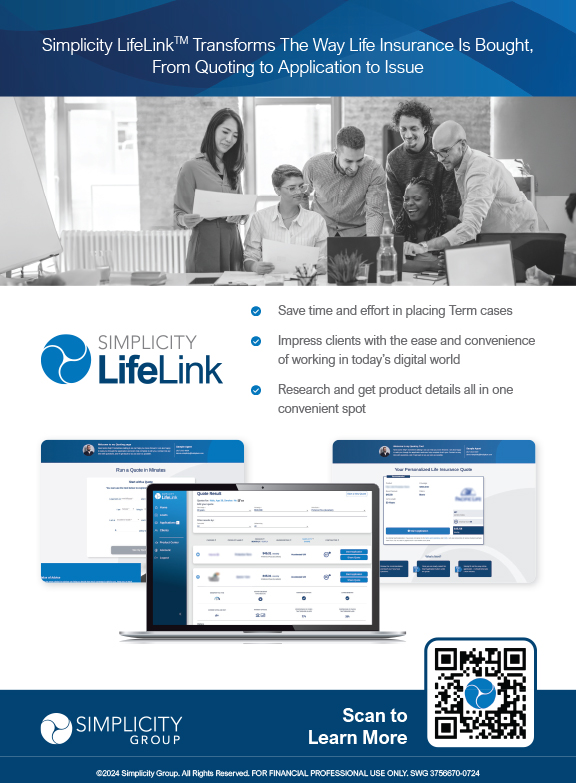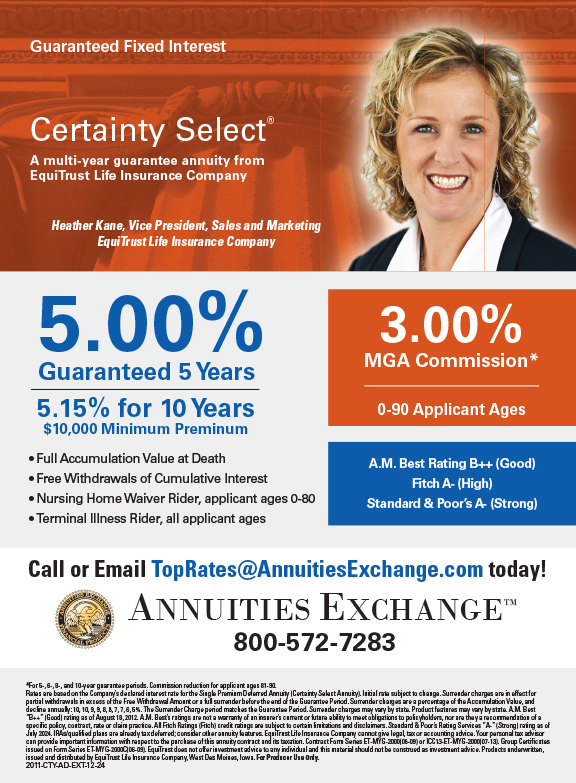So, what’s the Bubble? What’s the wake-up call? Why the call now? Can we think back to 2007 and follow through to the double financial and health crisis of 2020? This span of years seems so short for so many happenings and changes. Could we just ask—were there some culture changes we have had to deal with?
Let’s start with the financial bubble first. During the year 2007 the Dow Jones Industrial Average we will just say was about 14,000 on October 12. Then a market correction started because of another bubble! Well, this correction was rather short, ending on March 6, 2009. So, what was spectacular about that? The drop in the market ended with the Dow Jones Industrial Average of 6,626.94. What, a 50 percent plus correction? Did any investors change anything that helped them become better investors, possibly improving their chance to have a better nest egg for their retirement years? And, may we add, help them have enough assets to last them through another possible 30 years of life? What a wake-up call! So, where do we go from here?
From March 6, 2009, to January 8, 2021, the Dow Jones Industrial Average grew to 31,097.97. Can you calculate what percentage change happened during those 13 years? A whopping 470 plus percentage change! Where were you during this change? Is that enough bubble for us to think about and consider what really happened during those 13 years? Just for a teaser, who are the ones still out of the market possibly? How have your personal, corporate, foundation, trust, etc., assets grown during these 13 years? Why ask that question? Is it not important to keep our assets working the same as a small or large business has to? Who is responsible for looking after our assets and our welfare? Aren’t we the ones? What’s the problem if we have not been able to keep up with the market with our portfolios? This writer has followed the market returns since June 2, 1999. How is this possible? Simply, being “excessively diversified” is possibly the only way except for good luck! So, how do we “excessively diversify”? The answer is to truly follow the plan in the Nobel Prize for Economics in 1990. “Excessive diversification” is one way to possibly have your portfolio follow the market returns. If you can do this, you may keep your portfolio moving in the right direction. How did we do during this 470 plus percent change in the market? Let’s look at a second bubble.
The Dow Jones Industrial Average during the Depression
years, of the 1930’s—beginning with 1/2/1900*
| 1-2-1900 | $68.13 |
| 1-2-1924 | $95.65 (year I was born) |
| 12-30-1927 | $200.70 |
| 12-30-1932 | $60.26 |
| 1-2-1934 | $100.36 |
| 12-30-1949 | $200.52 |
| 12-31-1954 | $404.39 |
| 10-2-2007 | $14,093.00 |
| 3-6-2009 | $6,626.94 |
| 1-8-2021 | $31,097.97 |
I had a 28 plus year career in the life insurance industry. A life insurance salesperson’s goal is to help people (families, etc.) replace income for those who are left in need. It’s not hard to see the need to replace income or assets in business situations when an insured’s lifetime is cut short by demise. So let’s start this bubble somewhere in the 1970’s and 1980’s. This is where many life insurance agents left the industry or for other reasons went to other occupations. Culture changes happened that changed how life insurance was marketed.
Look at how the health insurance market has changed in those same years. Skip to where, nationally, changes have been made and are continually proposed to have the government eliminate the health insurance industry and provide health benefits for everyone. What’s the big problem? For many years, beginning in the 1950’s, the insurance industry made their assets available for families to buy their homes by getting loans. This went on for many years helping America to grow greatly during this time. What else happened to add to this bubble? We now have some generations that are not adequately insured for the lack of insurance professionals. I am one of the ones who practically left the industry because of market and cultural changes that were happening. Is the insurance industry being killed in the process? What will take the place of this legacy? Will the replacement of income for the needy become extinct? What direction are we going and can we make some changes—corrections for the better?
For quite a number of years the government has created money by the printing process and at the same time kept interest rates at very, very low levels. During the 2020 financial and health crisis there have been trillions of dollars pumped into our economy. Should we ask what conditions will all of this excess pumping do to us? What are some possible changes now taking place or that have a great possibility of happening? Look, we are now in a recession. Can inflation come quickly to make things get more severe? Does this create a third bubble? So, how do we adjust, make changes and move on?
For starters, surely our financial health takes on greater importance. What can we do when we are bombarded by an information overload? May we stop, think, and look for a moment to analyze our portfolios and ask the most important question—are we really “excessively diversified” to help us get through these troubling times? There has been an asset allocation “excessively diversified” continuously since 1991. Now, there are at least two such asset allocations doing investments for the small, large and corporate investors.
Will you stop, think and seek help as you cannot do this changing by yourself? I have been a financial advisor for an Alabama foundation and trust since the year 2000, using the “excessively diversified” portfolio. I can attest that it has worked wonderfully for myself and my clients. Are we in the third bubble? Do we have a solution? Read on.
Isn’t it time to elaborate on the use of “excessive diversification” as a solution? It was very interesting to find quotes from Ron Vinder mentioned in the last paragraph of Evie Liu’s article When (and Why) Bigger isn’t Better, Barrons, January 11, 2021. Ron Vinder is an advisor with Morgan Stanley’s private wealth management. Two of his quotes are: “By introducing a riskier asset class, such as small caps—the whole portfolio will become more aggressive” and “The more asset classes a portfolio has, the more conservative it gets.” These quotes are very close to what you would find out by a study of The Nobel Prize for Economics in 1990. So, the asset allocation portfolio uses practically all asset classes in the portfolio and removes or adds some classes to help a client arrive at the risk one is willing to take. With that, we know about “excessive diversification.” Don’t we have what we might need to weather these two industry bubbles should they happen?
May we live in better and in more interesting times.
*Source: Dow Jones Industrial History




























